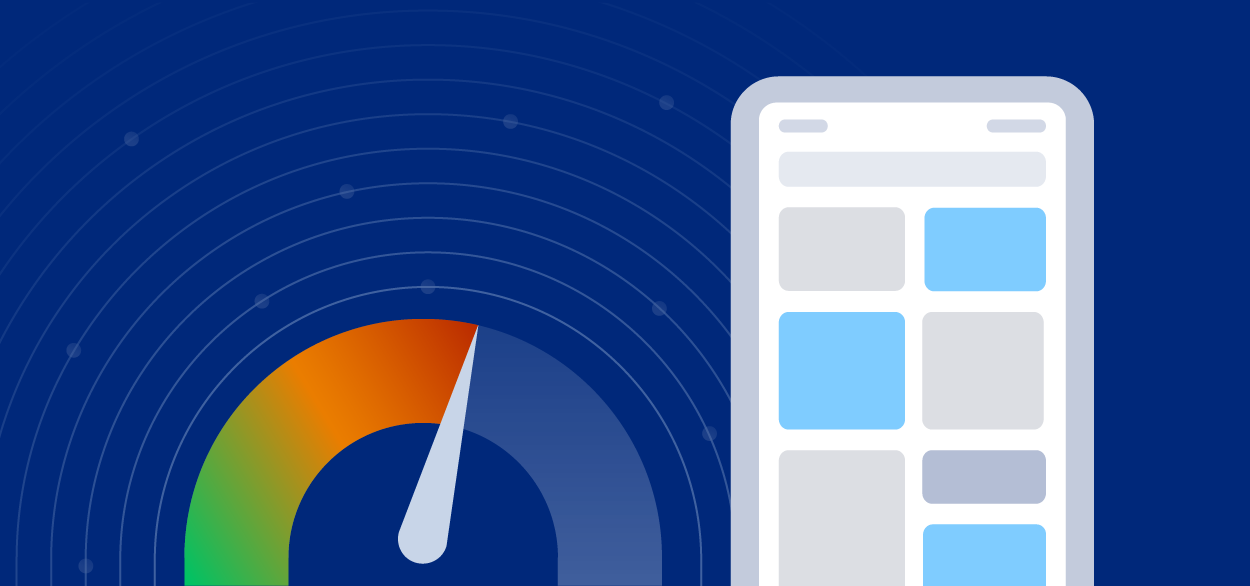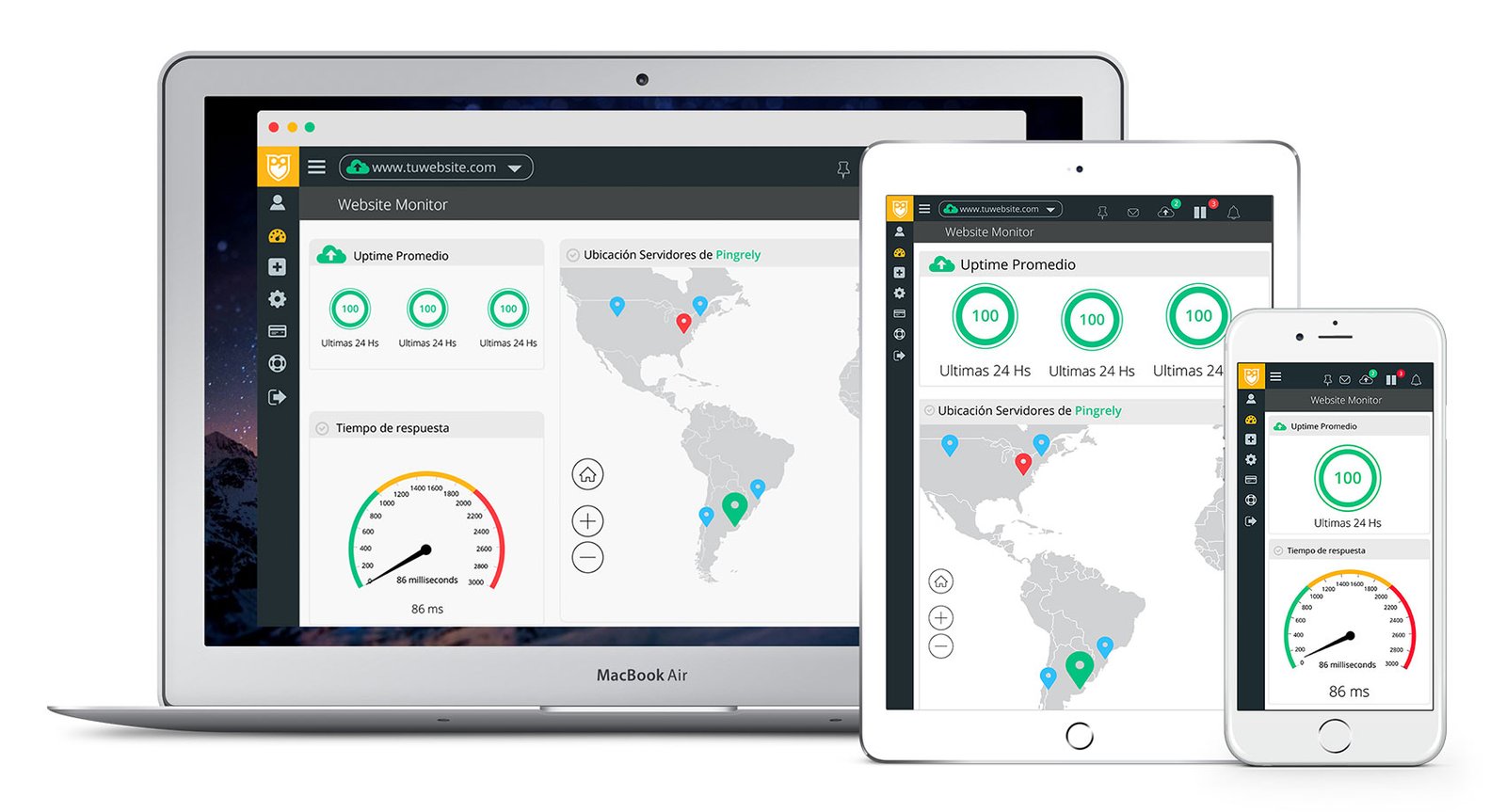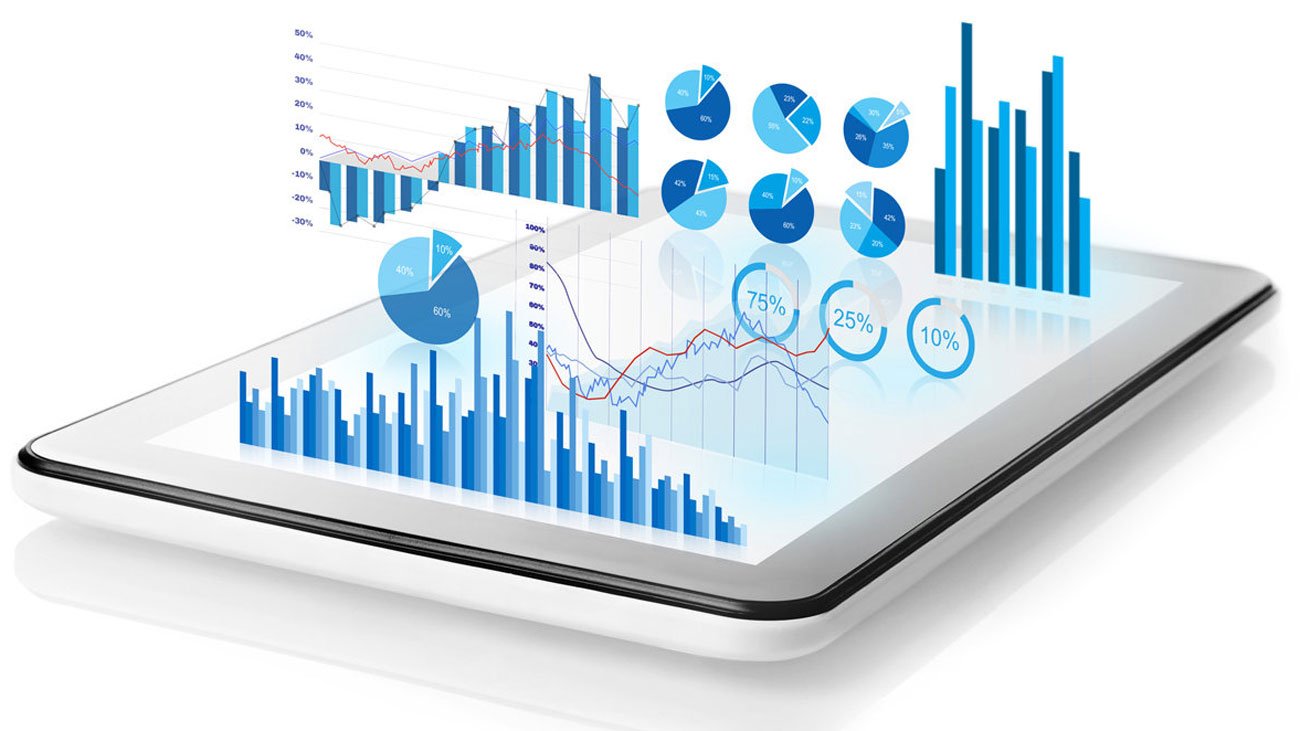
Mobile applications have become essential to our standard lives in today’s fast-paced digital world. They play a critical part in everything from shopping and banking to contact and recreation. As the need for ideal and efficient user experiences develops, robust mobile arrangement monitoring becomes increasingly essential. This guide will explore mobile performance monitoring, why it matters, and how to execute it. We will also protect Google’s Natural Language Processing (NLP) and how it plays into monitoring mobile performance.
What is Mobile Performance Monitoring?
Mobile performance monitoring is a technique for tracking, estimating, and exploring mobile application performance. It considers app responsiveness, load times, resource service, mistake rates, and user satisfaction. By monitoring these metrics, developers can gain useful acuities into the app’s health and make data-driven determinations to improve user knowledge.
One key factor of mobile performance monitoring is catching and resolving problems before they affect users. This proactive approach helps guarantee that mobile apps remain dedicated and produce a smooth user experience, reducing the risk of customer churn and negative reviews.
The Importance of Mobile Performance Monitoring
Mobile performance monitoring is crucial for several reasons. First, it helps identify and resolve problems that can negatively affect user experience. A slow or unresponsive app can guide user frustration, ultimately compelling them to competitors’ applications. Monitoring performance allows developers to address these issues quickly, maintaining a positive user experience.
Second, mobile performance monitoring provides insights into user behaviour and app use designs. Devanalyzingan analyzes optimizations to make knowledgeable determinations about component enhancements, updates, and optimizations. This data-driven approach contributes to a more robust and user-friendly application.
Lastly, mobile performance monitoring is essential for maintaining a competitive edge. Ensuring your app performs well and meets user expectations in a market with countless mobile apps is critical. Continuous tracking helps developers avoid potential issues, enhancing user satisfaction and loyalty.

Key Metrics in Mobile Performance Monitoring
Several key metrics should be considered when implementing mobile performance monitoring. These metrics supply a complete idea of an app’s arrangement and can assist in selecting areas for improvement.
App Responsiveness: This metric measures how quickly the app responds to user interactions. Slow responsiveness can lead to defeat and decreased user satisfaction.
Load Times: Load times refer to how quickly the app launches and loads content. Long load times can result in users staying on the app.
Resource Usage: Monitoring resource usage helps developers understand how much memory and processing power the app consumes. Increased resource usage can lead to cracks and slow performance.
Error Rates: Tracking error rates allows developers to identify and resolve issues that cause the app to crash or malfunction.
User Satisfaction: This metric can be measured through user feedback, ratings, and reviews. High satisfaction levels indicate a positive user experience.
Google’s Natural Language Processing (NLP) and Mobile Performance Monitoring
Google’s Natural Language Processing (NLP) technology has revolutionized mobile application exchange with users. NLP permits apps to learn and react to human language, allowing features like voice commands and chatbots. While NLP offers compelling opportunities, it also presents additional concerns for mobile performance monitoring.
One of the challenges with NLP is guaranteeing that voice recognition and language processing are efficient and authentic. Slow response times or misinterpretations can discourage users and reduce the app’s appeal. Mobile performance monitoring is crucial in maintaining a smooth and reliable NLP experience.
To ensure optimal performance, developers using Google’s NLP should monitor metrics like response times, error rates, and resource usage. By tracking these metrics, developers can recognize and address problems associated with NLP features, providing an ideal user experience.

Executing Mobile Performance Monitoring: Step-by-Step Guide
Mobile applications have become a major quality of our daily lives. Users prefer fast, dependable, comfortable contact, shopping, or recreation apps. Developers must execute robust mobile performance monitoring to confirm these anticipations are met. This guide provides a step-by-step strategy for working mobile arrangement monitoring, helping you maintain optimal user knowledge while fixing problems quickly.
Step 1: Define Your Monitoring Goals
The first step in implementing mobile performance monitoring is to determine your plans. Consider the critical elements of your app’s arrangement you want to monitor. These could include app responsiveness, load times, mistake rates, resource usage, and user satisfaction. By determining clear goals, you can concentrate your monitoring steps on the areas that matter most to your users and your business.
Consider setting specific thresholds for each metric. For example, you desire an app launch time of under two seconds or a mistake rate of less than 1%. Having these targets helps you measure your app’s performance against your expectations and modify your strategy accordingly.

Step 2: Select the Right Monitoring Tools
Once you’ve determined your plans, the next step is to select suitable monitoring tools. Examine tools with complete monitoring capabilities, real-time data collection, customizable signs, and easy integration with your app’s codebase. Famous tools for mobile performance monitoring include Firebase Performance Monitoring, New Relic, and AppDynamics.
When selecting a tool, consider the following:
Compatibility: Ensure the tool is consistent with your app’s technology stack and development environment.
Customization: Look for tools that customize the metrics and alerts to reach your plans.
Ease of Use: A user-friendly interface can streamline monitoring, making detecting and addressing issues easier.

Step 3: Combine Monitoring into Your App
With the right tools selected, it’s time to integrate them into your app. This process, known as “instrumenting” your app, involves adding monitoring code to track your defined metrics. Be sure to follow the documentation provided by the monitoring tool to ensure proper integration.
During integration, pay attention to the following:
Performance Impact: Ensure the integration process doesn’t negatively impact your app’s performance. Avoid adding excessive monitoring code that could slow down your app.
Security: Make sure the monitoring process doesn’t compromise your app’s security or expose sensitive user data.

Step 4: Choose Real-Time Monitoring and Signs
Real-time monitoring is paramount for detecting and concerning problems as they emerge. Configure your monitoring tool to send signs and notifications when exact points are breached. This proactive technique authorizes you to address the issues before they affect multiple users.
Consider setting up alerts for key events, such as:
App Crashes: Receive notifications when the app crashes or encounters significant errors.
High Response Times: Get alerted if the app’s responsiveness falls below your defined threshold.
Resource Usage Spikes: Be notified when the app’s resource usage increases unexpectedly, indicating potential performance issues.

Step 5: Analyzethe Data
With real-time monitoring in the role, the following step is to explore the data you assemble. Regular research lets you identify trends, designs, and potential problem areas. This information lets you make data-driven findings about app progress, bug holes, and optimizations.
When analyzing, consider the following:
Trends Over Time: Look for patterns in your app’s performance to identify areas for improvement.
User Feedback: Incorporate user feedback and reviews into your analysis to gauge user satisfaction and identify recurring issues.
Error Analysis: Analyze error logs and crash reports to understand the root reasons for performance problems.

Step 6: Implement Improvements and Continuously Monitor
After analyzing the data, it’s time to execute progress. These could involve correcting bugs, optimizing code, or changing resource usage. The goal is to improve the app’s performance and user knowledge based on the acuities you’ve achieved.
Continuous monitoring is essential to maintaining an elevated grade of arrangement. Regularly examine your monitoring plans and points to ensure they align with your app’s growth and developing user expectations. Update your monitoring design as mandated to keep pace with technological and user behaviour evolutions.

FAQs
How can I measure user satisfaction in a mobile app?
User satisfaction can be measured through feedback, ratings, and reviews. Monitoring user sentiment and analyzing feedback can provide insights into areas for improvement and help developers gauge overall satisfaction levels.
What are some common challenges in mobile performance monitoring?
Common challenges include false positives in monitoring alerts, incomplete data collection and ensuring monitoring tools don't impact app performance. To address these challenges, developers should carefully configure monitoring tools and regularly review their setup.
Can mobile performance monitoring help improve app security?
Mobile performance monitoring can contribute to app security by identifying unusual behaviour and potential security vulnerabilities. Monitoring error rates and unusual resource usage can help detect and address security issues.
Is mobile performance monitoring a one-time setup?
No, mobile performance monitoring is an ongoing process. Developers should continuously monitor their app's performance and make improvements as needed. This proactive approach helps maintain a positive user experience and keeps the app competitive.








